According to the Rodale Institute, “worldwide, [conventional] cotton covers 2.5% of the cultivated land and cotton growers use 16% of the world’s pesticides. Eight of the top 10 pesticides most commonly used on U.S. conventionally produced cotton were classified as moderately to highly hazardous by the World Health Organization.” This is but one reason we insist upon using certified organic cotton. But even organic cotton has a significant water footprint, and the clearing of land for cotton production has resulted in social and environmental devastation around the world. While we are encouraged by increasing stringency in industry standards, such as GOTS and OEKO-Tex, we are also excited for any textile innovations that would allow for the use of plant fiber that is less water intensive than cotton and also processed without the use of synthetics and harmful chemicals - as bamboo and eucalyptus - which can be extremely irritating to inflamed skin – not to mention, polluting to the environment. To date, cotton is still the number one choice of organizations like the National Eczema Society for sensitive skin. This is because “cotton is soft, cool, great at absorbing sweat, easily washable and allows the skin to ‘breathe’.” So in choosing to use organic cotton, we take care to ensure the longevity of the product, respecting the materials we use and the resources required.

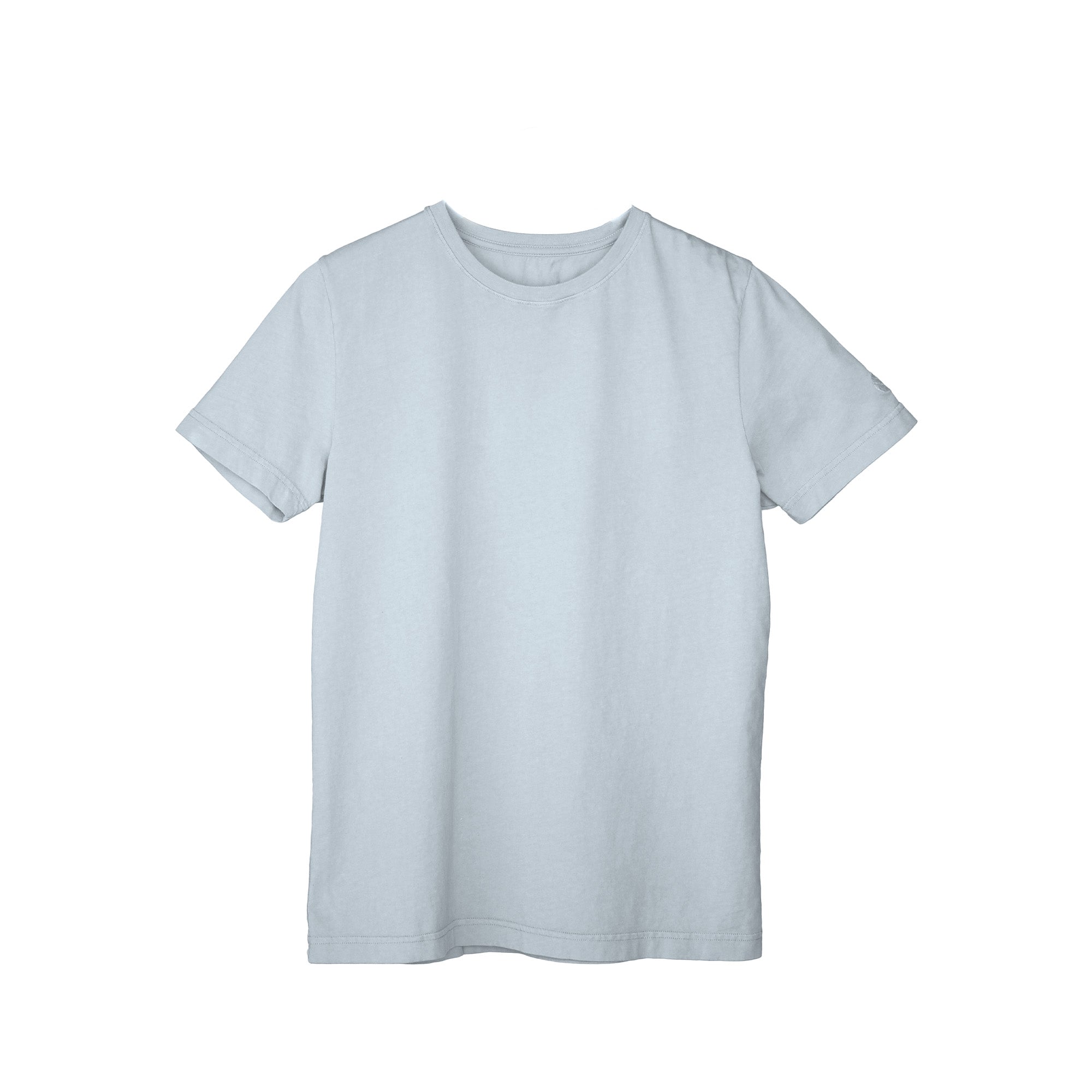

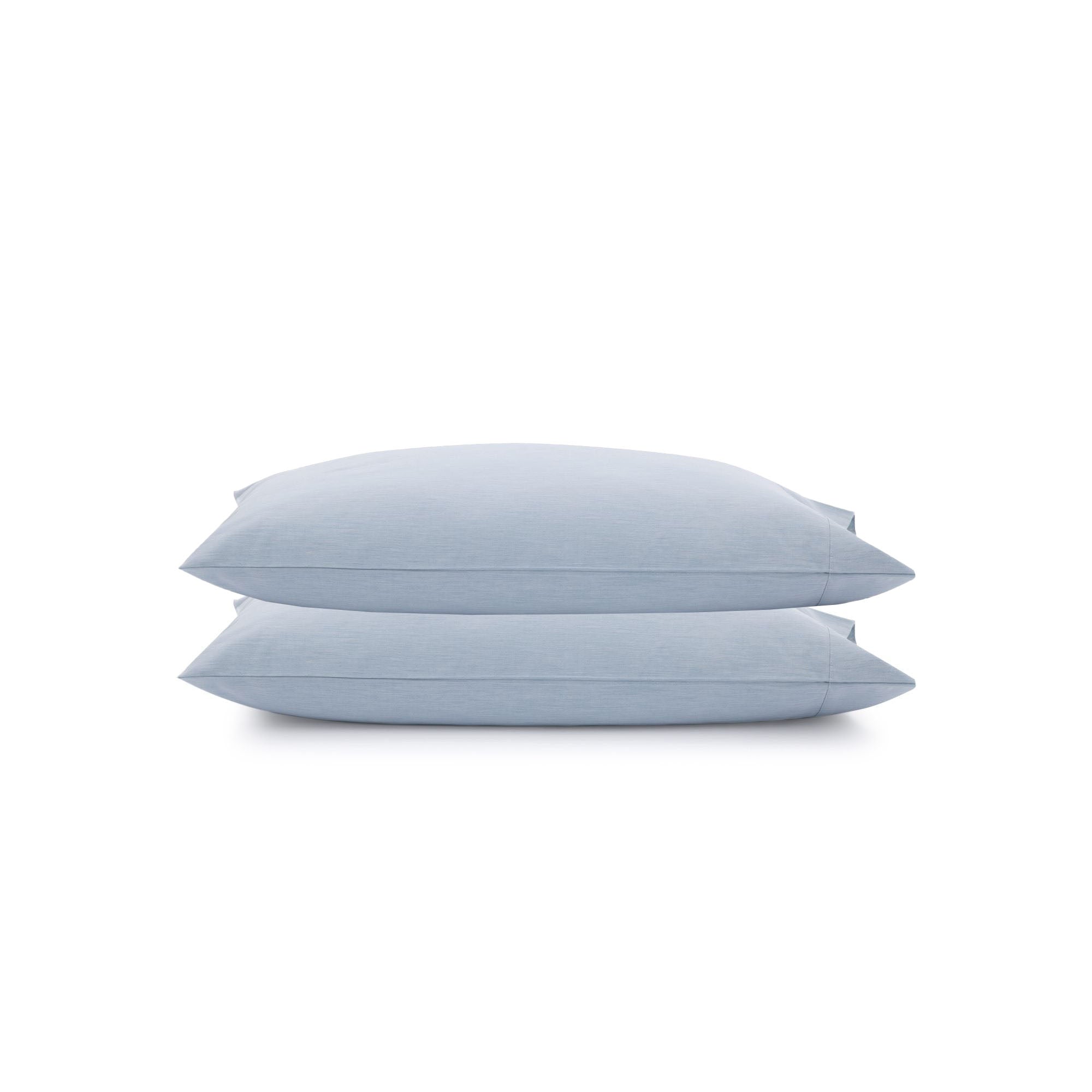

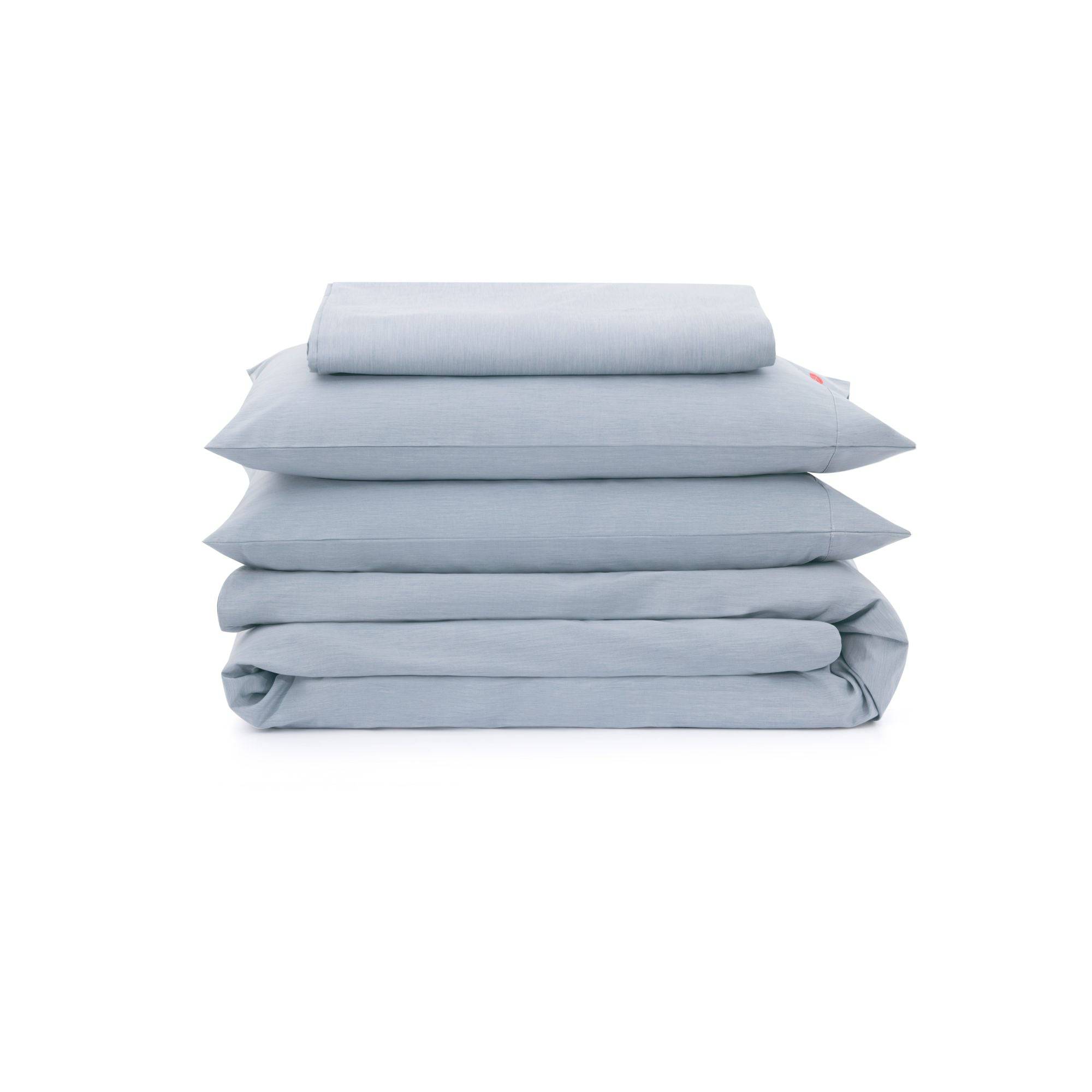

 Bedding
Bedding
 Clothing & Accessories
Clothing & Accessories
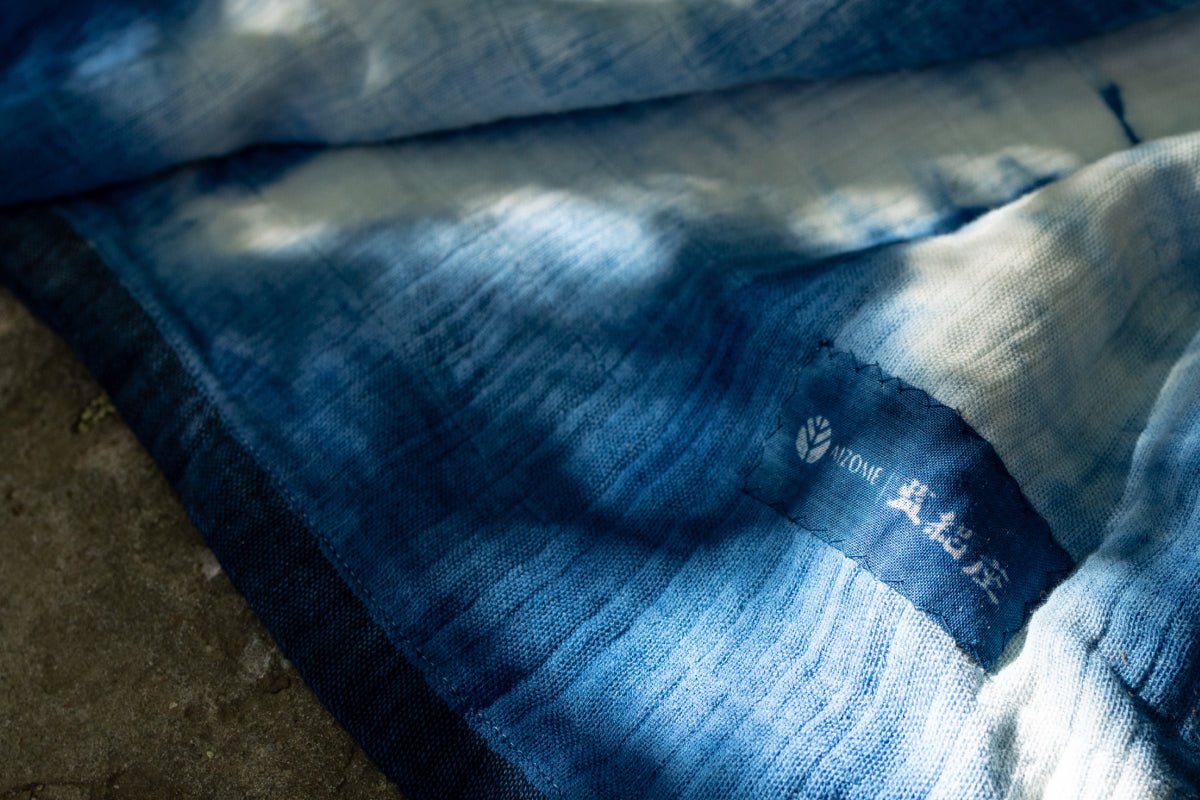 Artisan Line
Artisan Line
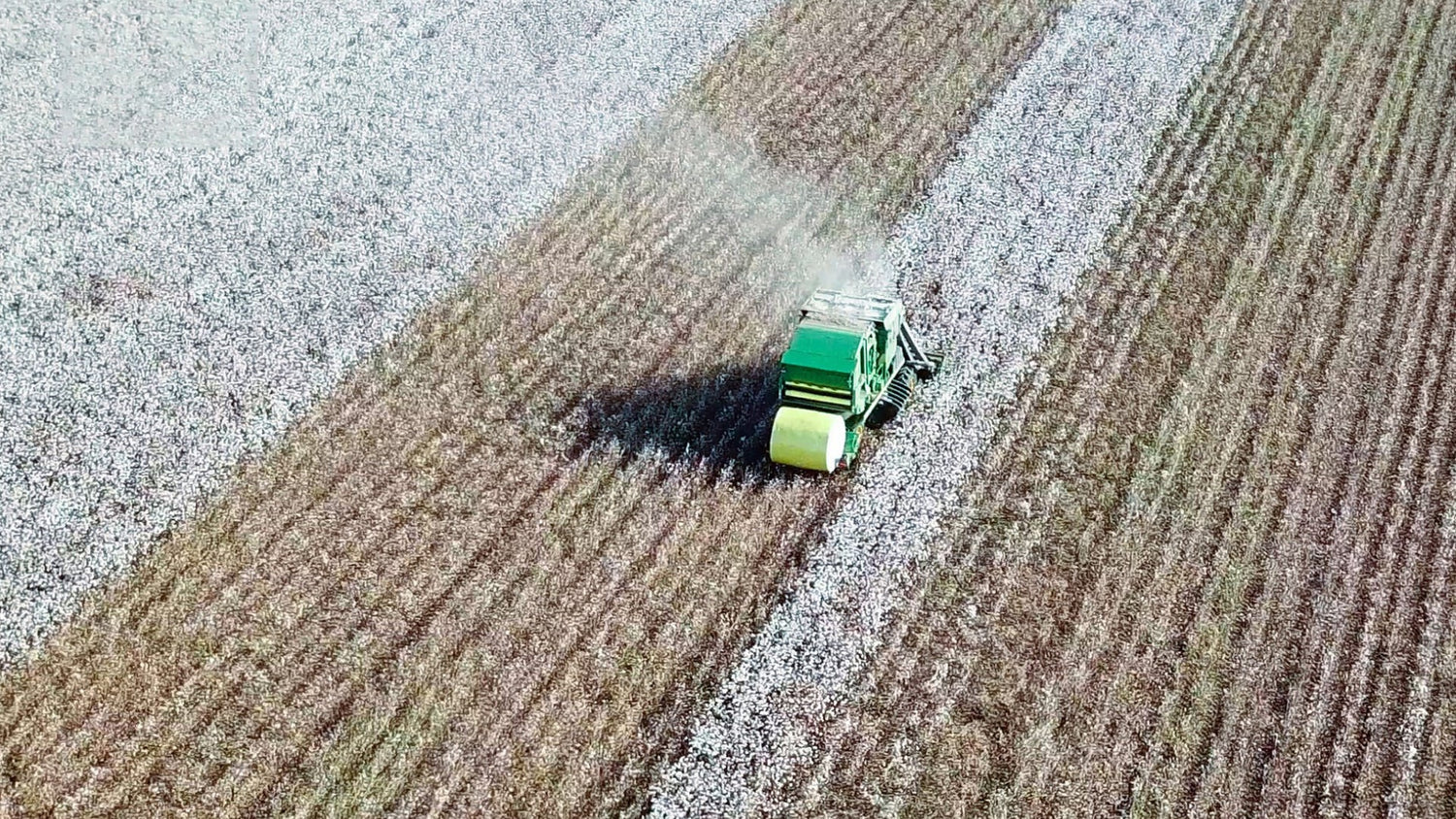

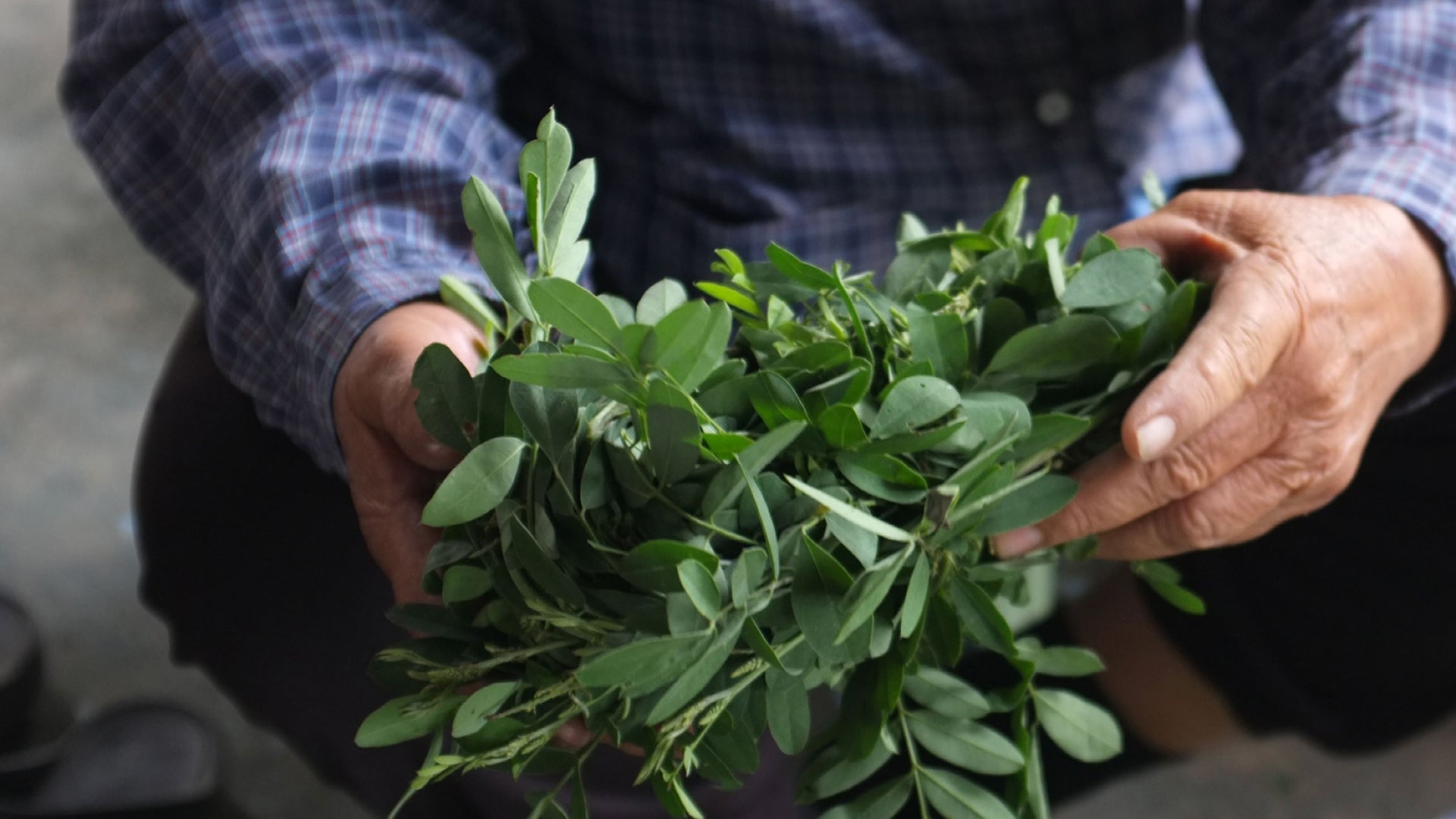
Leave a comment
This site is protected by hCaptcha and the hCaptcha Privacy Policy and Terms of Service apply.